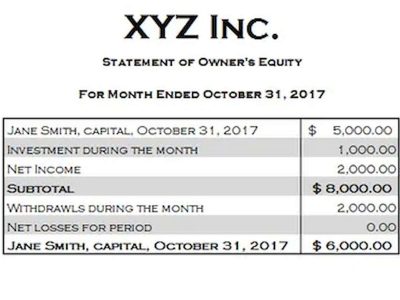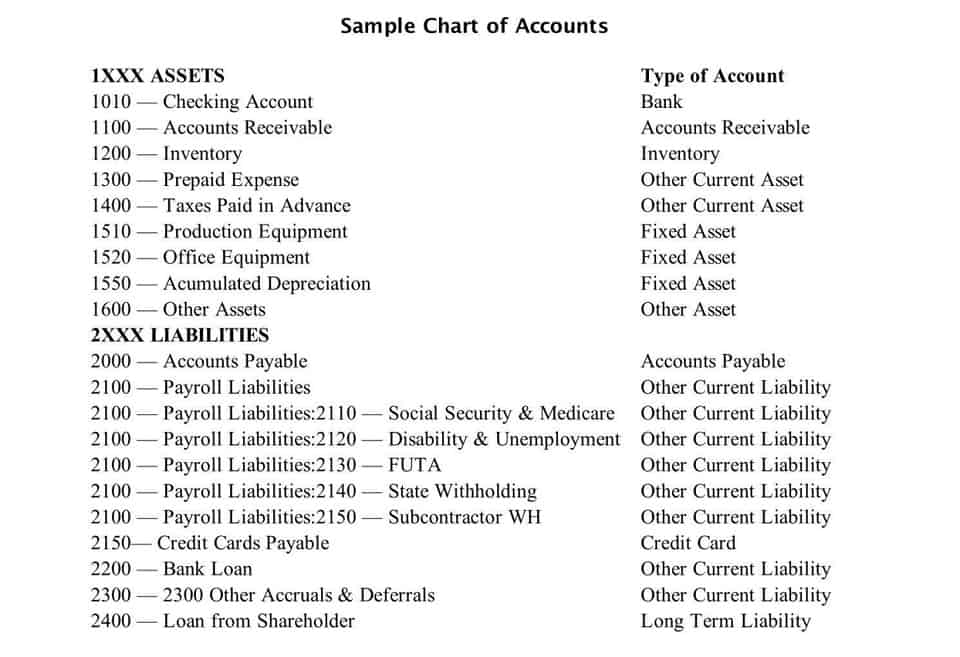
It is one of the important concepts that help investors and creditors know about the profit the company is generating from its core business. Owner’s equity can be negative if the business’s liabilities are greater than its assets. In this case, the owner may need to invest additional oe accounting money to cover the shortfall.

Operating Earnings
The income and retained earnings of the accounting equation is also an essential component in computing, understanding, and analyzing a firm’s income statement. This statement reflects profits and losses that are themselves determined by the calculations that make up the basic accounting equation. In other words, this equation allows businesses to determine revenue as well as prepare a statement of retained earnings. This then allows them to predict future profit trends and adjust business practices accordingly. Thus, the accounting equation is an essential step in determining company profitability.
Can owner’s equity be negative?

Calculated by subtracting your liabilities from your https://www.bookstime.com/ assets, owner’s equity is what would be left over if you liquidated your business and paid off any debts. Many variants of metrics stemming from operating earnings can also be used to compare a given company’s profitability with those of its industry peers. Operating earnings are an important measure of corporate profitability. Because the metric excludes non-operating expenses, such as interest payments and taxes, it enables an assessment of how well the company’s chief lines of business are doing. However, due to the fact that accounting is kept on a historical basis, the equity is typically not the net worth of the organization.

What’s included in owner’s equity?
- Many variants of metrics stemming from operating earnings can also be used to compare a given company’s profitability with those of its industry peers.
- Its applications in accountancy and economics are thus diverse.
- Generally, increasing owner’s equity from year to year indicates a business is successful.
- Highly variable operating margins are a prime indicator of business risk.
- What it does owe are “accounts payable” — the equivalent of a credit-card bill (usually paid within a short timeframe).
- To calculate the company’s operating profit, we need to understand and distinguish between various types of costs and how they appear in our Income Statement.
Owner’s equity is essentially the owner’s rights to the assets of the business. It’s what’s left over for the owner after you’ve subtracted all the liabilities from the assets. Non-GAAP earnings are an alternative accounting method that varies from the Generally Accepted Accounting Principles (GAAP) that U.S. firms are required to use on financial statements. Positive equity means you have the capital to fund new business ventures, leading to increased profits. Positive equity reduces the need for owner/shareholder capital contributions. Negative equity increases the need for owner/shareholder capital contributions.
In other words, the accounting equation will always be “in balance”. Small business owners utilize this data when making business decisions, such as expansion and diversification. Positive equity is an indicator of financial soundness and the ability to cover liabilities.
What is owner’s equity?
Its applications in accountancy and economics are thus diverse. A statement of owner’s equity is a one-page report showing the difference between total assets and total liabilities, resulting in the overall value of owner’s equity. Capital is increased by owner contributions and income, and decreased by withdrawals and expenses. The Statement of Owner’s Equity, which is prepared for a sole proprietorship business, shows the movement in capital as a result of those four elements.

OE stands for Owner’s Equity (accounting)
Now our company has \$250, but \$150 belongs to the bank and \$100 belongs to the owners. Sorry guys — you can’t take out a loan and make your share of the company more valuable. The company has \$100 in short-term investments, and the owners have \$100 worth of stock (how ownership is represented in a company).

- A statement of owner’s equity is a one-page report showing the difference between total assets and total liabilities, resulting in the overall value of owner’s equity.
- The company has \$100 in short-term investments, and the owners have \$100 worth of stock (how ownership is represented in a company).
- Owner’s equity can be negative if the business’s liabilities are greater than its assets.
- The accounting equation plays a significant role as the foundation of the double-entry bookkeeping system.
- Multiple components come together to form the process of calculating and formulating the operating earnings per share.
- Accountants try to quantify items like this with intangible terms like “Goodwill”, but it’s not easy.
Learn what outsourced accounting involves, its advantages, and whether or https://www.instagram.com/bookstime_inc not it’s right for you. Positive equity increases the number of shares available to employees. Learn the right way to pay yourself, depending on your business structure.
Enter a 6-digit backup code
These are some simple examples, but even the most complicated transactions can be recorded in a similar way. This equation is behind debits, credits, and journal entries. Thinking of going back to school to take some bookkeeping/accounting type courses with the hopes of landing a few part-time gigs I can stack and do remotely. Once you’ve created your owner’s equity statement, it can impact many of your business decisions.